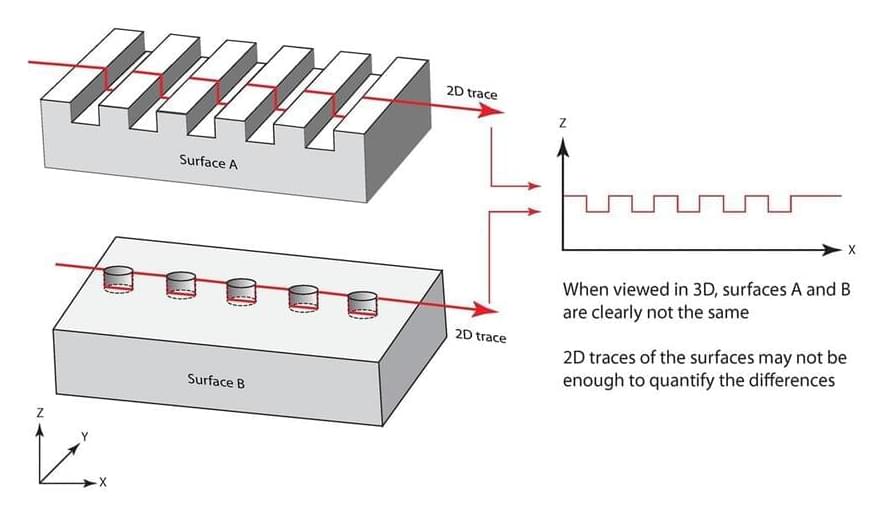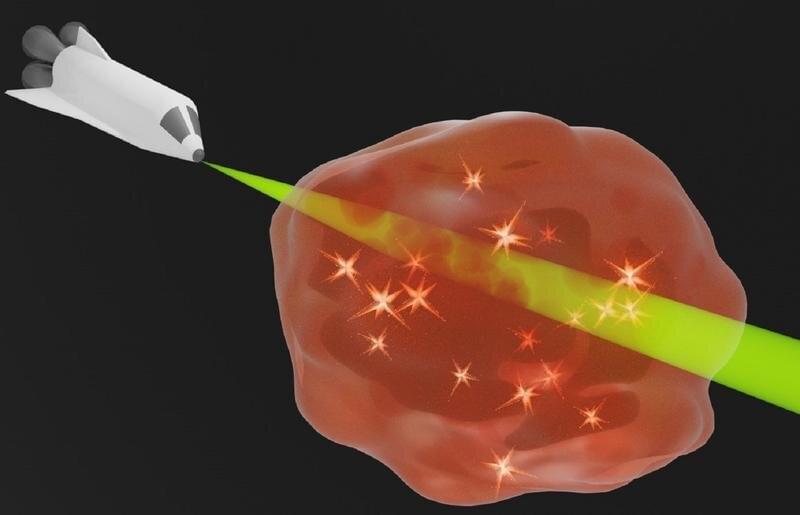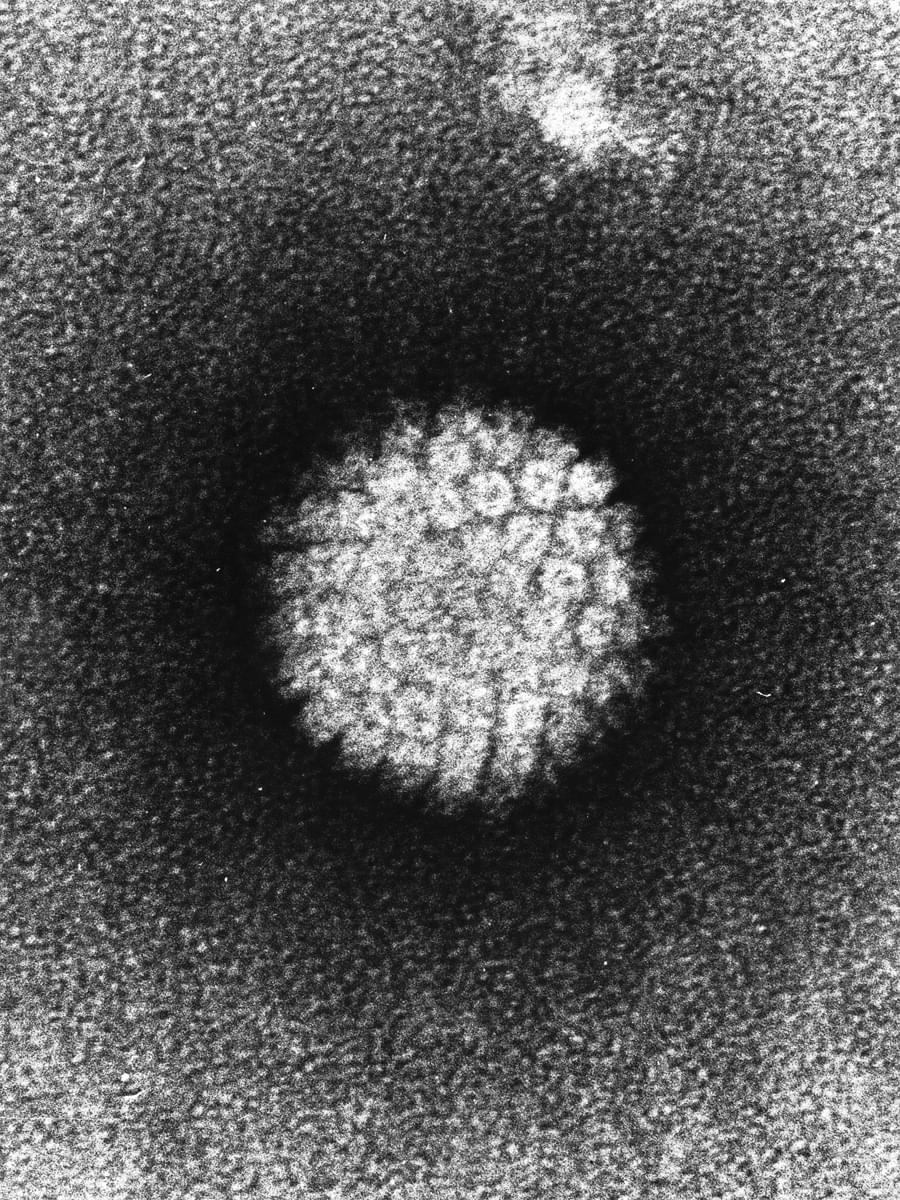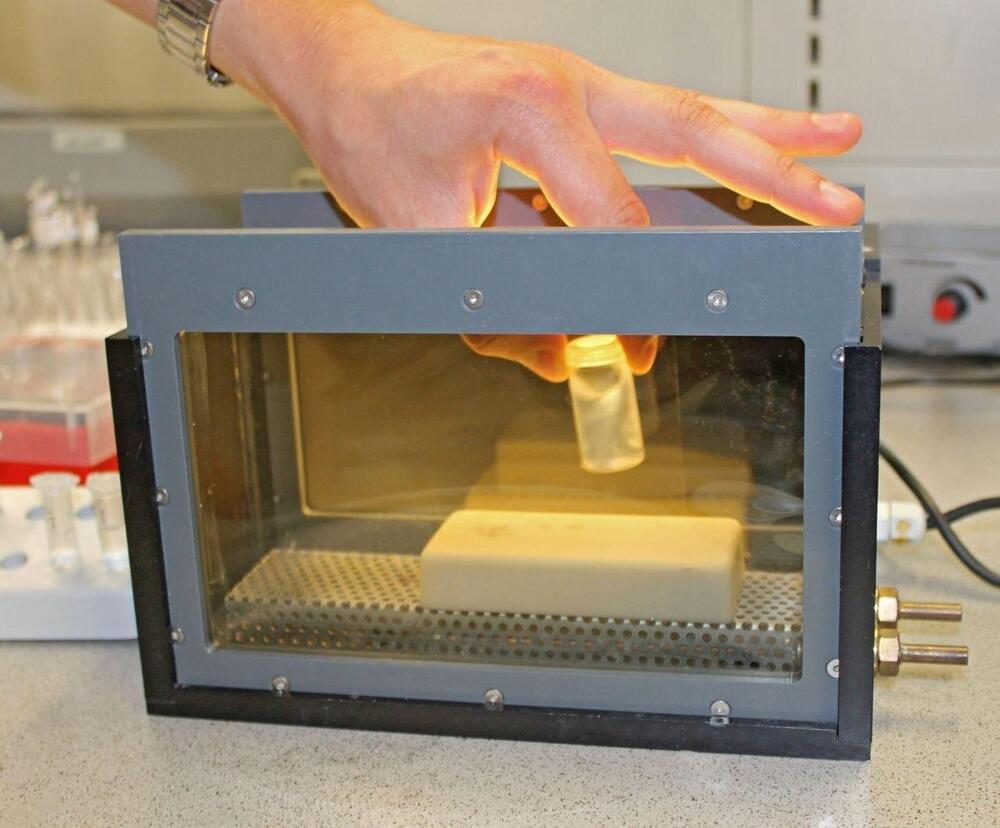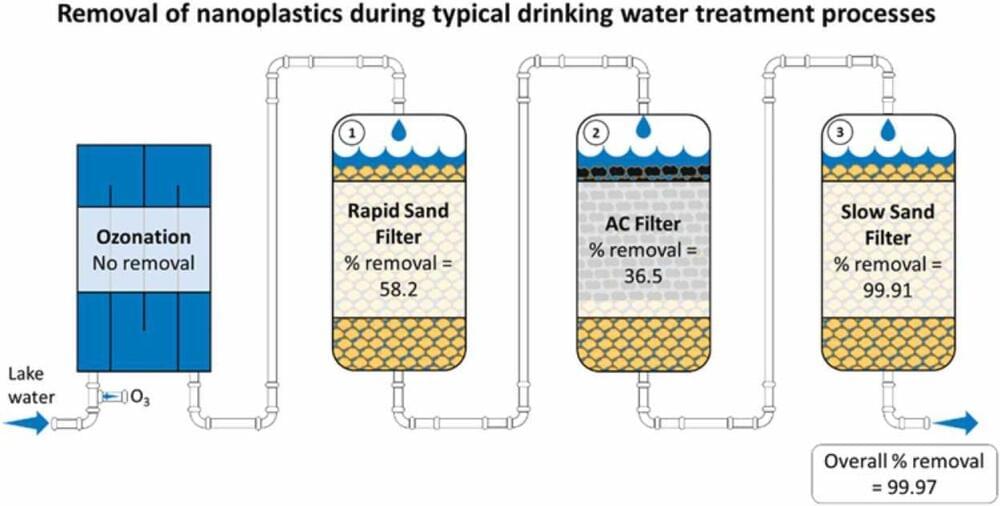May 31, 2022
This WhatsApp Scam Lets Hackers Take Control of Your Account with One Phone Call!
Posted by Genevieve Klien in category: cybercrime/malcode
WhatsApp is one of the most popular messaging platforms in the world with over 2 billion users. Thanks to its massive user base, it has also become a breeding ground for scammers and hackers involved in malicious activities. Now, according to a recent report, a WhatsApp scam that enables an attacker to take control of a user’s WhatsApp account is currently in operation. Check out the details below right now!
According to a recent report by Gizchina, citing cybersecurity firm CloudSEK, a new scam currently targeting random WhatsApp users lets an attacker completely take control of their WhatsApp account with only a phone call. Once an attacker takes hold of a WhatsApp account, they can demand money from the user’s WhatsApp contacts.
The new scam was recently discovered by Rahul Sasi, who is the founder and CEO of CloudSEK. According to him, the primary objective of the hacker is to randomly call an unsuspecting WhatsApp user and try to convince them to call a specific number. If a user, unfortunately, dials the number as instructed by the attacker, they will be logged out of their WhatsApp account and the hacker will be able to take control of it.


